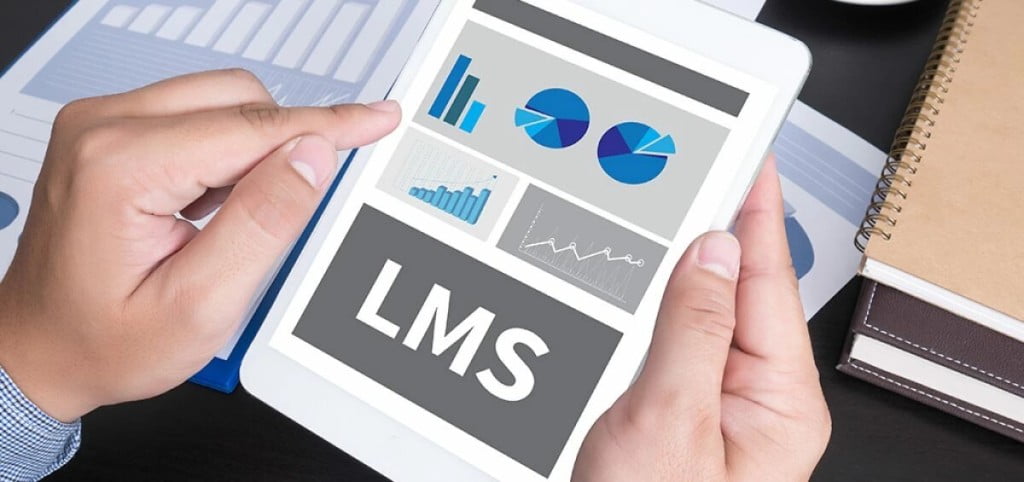How to Check if Your LMS is Secure and Safe to Use?

An LMS (Learning Management System) is no longer a new concept. A few most popular LMS that are booming in the market are Docebo, Blackboard, Adobe Captivate Prime, and many others. Investing in an LMS provides modern business owners with the ability to automate their learning and development processes. Despite this, there remains a significant concern over data security. Many buyers are concerned about how sensitive information about themselves and their purchases will be kept confidential.
For those of you who are looking to purchase an LMS and are concerned about security issues, here are some things to keep in mind.
Security features for LMS
There is often an impression that an LMS cannot be verified for security, but there is no truth to it. By considering the following essential LMS security features, it is possible to choose an LMS that combines efficiency and security.
SSL Security
SSL or Secure Sockets Layer is an encryption technology that enhances web browsing. This ensures a safe and secure browsing experience. These requirements are now mandatory for websites that process credit cards and other payment methods. Additionally, browsers tend to flag websites with no SSL as unsafe. When buying an LMS, check to see whether it includes an SSL security layer.
IP Blocker
The LMS you use should have an IP blocker so that unwanted IP addresses cannot access your data. By manually adding IP addresses to the “blocked” or “allowed” lists, you can easily secure your learning content and user personal information from malicious virtual attackers.
Password Authentication
With this feature, passwords and usernames are kept secure by transmitting them to remote servers. Additionally, other protocols may protect the data by ensuring that only authorized users have access to it. For example, the LMS can only allow a user to type an incorrect password only three times in a row. Using this measure, hackers will not be able to guess the password.
Anti-Virus
It is essential for the protection of users’ data and learning content to have anti-virus software, so you should include anti-virus features in your online learning management system.
Domain-Based Registrations
Admins can limit the domains from which online learners can register for the LMS. You can use both learning portals or subdomains to create these domains. As a further security measure, make sure the LMS provides this feature in addition to a password-protected domain.
Mobile Security
LMS users will have access to the LMS not only through desktop computers, but also via smartphone and tablet devices. As a result, you need to make sure the LMS has mobile security features. It can be your screen lock pattern or some code that you need to enter before logging in. To ensure data security, anti-virus protection, and user identification through mobile devices, an LMS should include all of these security features.
Data Recovery
Consider how well the LMS will recover data or protect against disaster when evaluating security features. The data centers must be equipped with robust power systems and conduct regular backups of their data.
The LMS you choose will be safe and secure if it has these features in place.
Tips to Protect Your LMS Data
Upon purchasing your LMS and implementing it in your company, you will be responsible for ensuring data protection and encryption. Here are some tips to help you ensure data security for your system.
- Training all employees on how to manage, store, and use learning data.
- Make sure you have access control, i.e., restrict who has physical access to your computer.
- Make sure your LMS is regularly checked for security issues.
- Make sure third-party vendors adhere to security protocol.
- Make sure that the operating system, software, and malware protection are up-to-date.
- A few people should have access to sensitive data, only those who need it.
Conclusion
The security of your LMS is paramount. No matter what you do, you need to make sure that all your LMS’s security features are integrated and operational. Along with safety features, your vendor might also offer you a free trial of the LMS to make sure it will deliver exactly what it promises. Also, make sure to check if the LMS provides any security protection as part of its package. Finally, choose a platform that is fully integrated with all the necessary security features to protect your corporate assets online.
